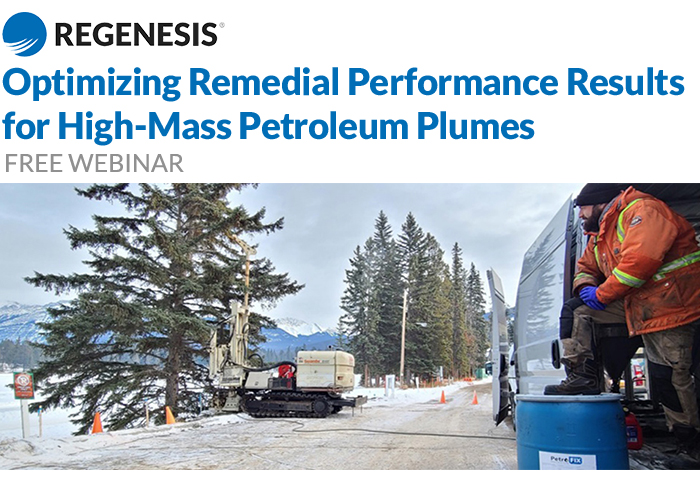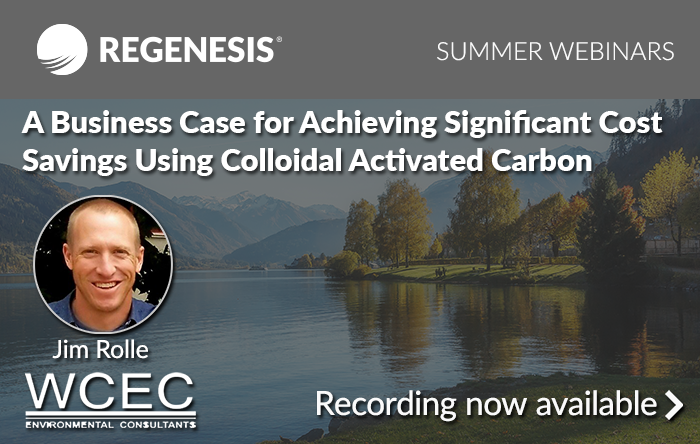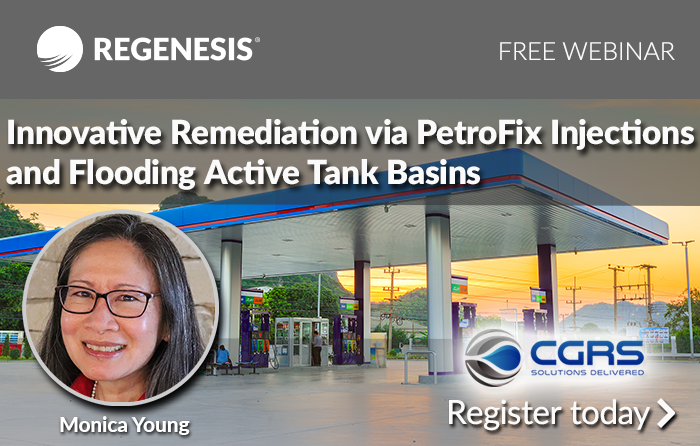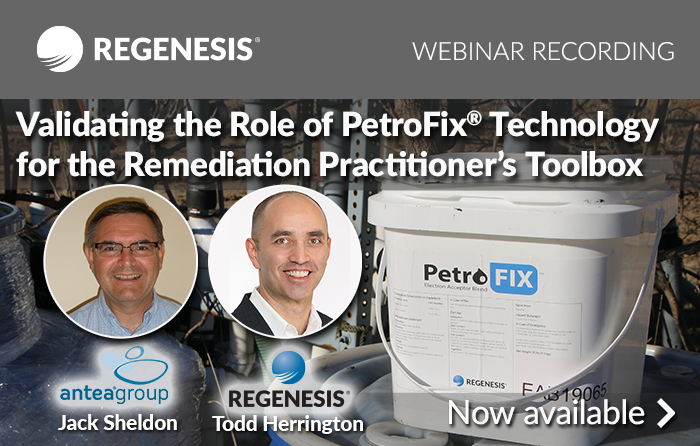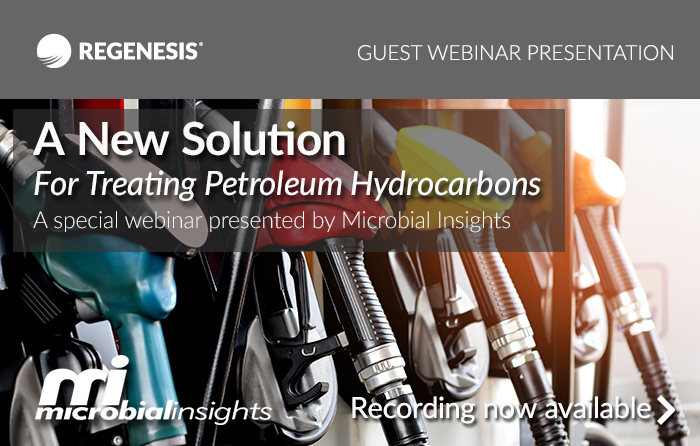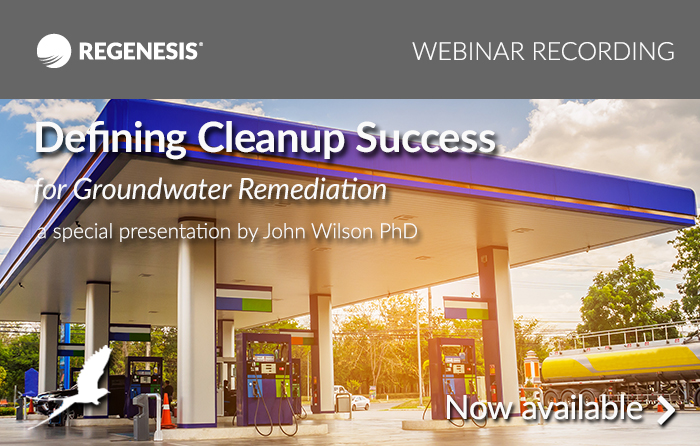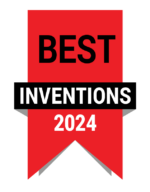Optimizing Remedial Performance Results for High-Mass Petroleum Plumes
Date: Tuesday, June 17th, 2025
Time: 11am pacific / 2pm eastern
In this webinar we are pleased to have Rick McGregor, President of InSitu Remediation Services Ltd., as a special guest speaker. His presentation will discuss optimizing remedial performance results for high-mass petroleum plumes. He will be joined by Todd Herrington, Director of Product Management for REGENESIS, who will discuss the use of colloidal activated carbon with added electron acceptors to biodegrade petroleum contaminants.
Highlights of this free webinar:
- Colloidal activated carbon (CAC) with added electron acceptors is effective in treating petroleum hydrocarbons
- Field study conducted evaluating CAC with electron acceptors effectiveness on high-mass plumes
- Four test areas in field study with greater than 99.99% removal rates
Complete the form on this page to sign up for this free webinar.
About the Presenters:
 Rick McGregor
Rick McGregor
President, InSitu Remediation Services Ltd
Rick McGregor is the President of InSitu Remediation Services Ltd and has over 26 years’ experience in groundwater and soil assessment and remediation. Rick has worked in over 30 countries and has authored numerous papers on groundwater assessment and remediation. Rick holds a M.Sc. from the University of Waterloo in hydrogeology and geochemistry and is a Certified Ground Water Professional in Canada and the United States.
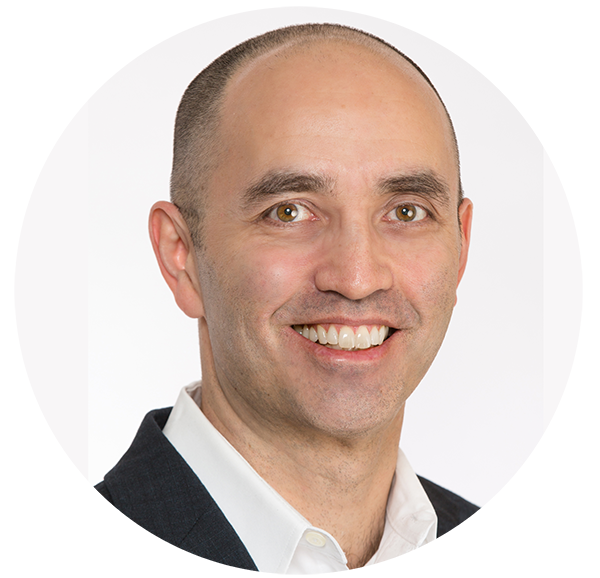 Todd Herrington
Todd Herrington
Director of Product Management, REGENESIS
Todd Herrington serves as the Director of Product Management for REGENESIS, dedicated to driving product innovation and support beneficial to remediation practitioners and the environment. With 25 years in the industry, Mr. Herrington has an in-depth understanding of the complexities of in situ remediation, having evaluated or implemented mechanical, biological, and non-biological in situ remedial technologies at over a thousand sites. He thrives on collaborating with industry experts to generate innovative approaches to old problems, with a particular interest in colloidal technologies. He has been with REGENESIS for nineteen years and before that spent six years at Parsons corporation. He graduated from the University of Cincinnati with an M.S. in Environmental Engineering and attained his Professional Engineer (P.E.) license in Colorado.
Sign up today
Petroleum Hydrocarbon Biodegradation: Tools & Lessons from the Field
In this webinar we were pleased to have special guest speakers Jack Sheldon, Senior Consultant at Antea Group and Dora Taggart, President and CEO of Microbial Insights, Inc. Their presentation addressed the science of petroleum hydrocarbon biodegradation including the complexity of PHC mixtures and biodegradative pathways, and lessons learned from field applications of micron-scale activated carbon.
Highlights of this free webinar:
- The science of petroleum hydrocarbon biodegradation – complexity of PHC mixtures and biodegradative pathways
- Lessons learned – Field applications using colloidal activated carbon to treat petroleum hydrocarbons
- Performance data and best practices – for collecting secondary parameters, including microbial profiling
- Latest advances – Tools including QuantArray-Petro, QuantArray-NSZD and Stable Isotope Probing (SIP)
- Sample collection and preservation – Practical and cost-effective methods shared
Complete the form on this page to view this free webinar.
About the Presenters:
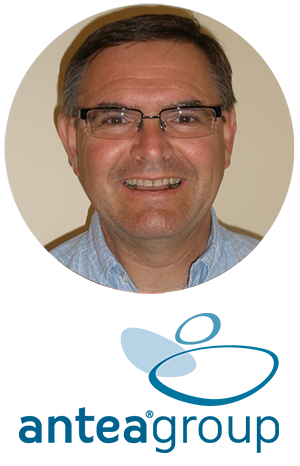 Jack Sheldon
Jack Sheldon
Senior Consultant, Antea Group
Jack Sheldon is a Senior Consultant with Antea Group leading the firm’s Site Assessment & Remediation service line. He has over 40 years of experience in environmental microbiology and remediation. Jack has a BS in Bacteriology & Public Health and an MS in Environmental/Industrial Microbiology from Wagner College in Staten Island, NY. In his current role, he advises on remediation technology selection, performance, and optimization across the US and abroad. He is also a subject matter expert on PFAS risk management. Jack has authored numerous papers and posters, co-authored two best-selling books on bioremediation, and given hundreds of presentations and webinars around the world on remediation technologies and PFAS topics.
 Dora Taggart
Dora Taggart
President and CEO, Microbial Insights
Since joining Microbial Insights in 2001, Dora Taggart has advanced the field of Molecular Biological Tools, including pioneering work in qPCR analysis and stable isotope probing. Dora continues to propel MI forward by collaborating with leading researchers in academia and federal agencies to keep MI at the forefront of the industry. As CEO, Dora has become a global ambassador for MBTs, regularly presenting as an invited speaker at environmental and corrosion conferences, leading hundreds of technical workshops worldwide, and co-authoring guidance documents. In 2011, Dora was named the most valuable team member for the ITRC EMD team, in 2016 received the woman-owned business of the year, in 2017 was honored as Business Person of the Year and in 2022 received the National Groundwater Association Technology Award. She also serves on the Board of Directors of Boys and Girls Club of the Cumberland Plateau as well as serves on the town council committee of Farragut, and the Board of Visitors for the University of Tennessee Department of Microbiology. For 2022-2024, Dora served as chair for the National Institute of Health MCST (12) section. Dora received her degree in Biomedical Engineering from Vanderbilt University.
Webinar Recording Now Available
A Business Case for Achieving Significant Cost Savings Using Colloidal Activated Carbon
In this webinar we were pleased to have special guest speaker Jim Rolle, Director of Environmental Services at WCEC. His presentation discussed a business case for the use of colloidal activated carbon. He was joined by Todd Herrington, Global PetroFix Product Manager at REGENESIS.
Highlights of this webinar:
- Conceptual site model development for in situ remediation
- A business analysis of long-term monitoring versus in situ remediation at a Washington site
- A new strategy for using colloidal activated carbon for in situ remediation
Complete the form on this page to view this free webinar.
Recording Now Available
Innovative Remediation via PetroFix Injections and Flooding Active Tank Basins
In this webinar we were pleased to have as a special guest speaker Monica Young, Senior Project Manager at CGRS, Inc. Her presentation discussed a wide range of sites where CGRS has successfully applied PetroFix liquid carbon amendment to address petroleum hydrocarbon impacts. Application methods and results using direct push injection among other application approaches to reach Tier IV risk-based closure was discussed. She was joined by Todd Herrington, Global PetroFix Product Manager at REGENESIS, who iscussed PetroFix and new in-situ approaches it is being utilized for.
Highlights of this free webinar:
- Petroleum hydrocarbon impacted sites achieving beneficial results using PetroFix via two different methods of application
- PetroFix injected via direct push into the subsurface to achieve Tier IV risk-based closure
- PetroFix injected into an active UST basin via shallow injection wells
Recording now available
Validating the Role of PetroFix®Technology for the Remediation Practitioner’s Toolbox
In this webinar we were pleased to have a special presentation by Jack Sheldon, Senior Remediation Specialist at Antea Group. His presentation discussed validating the role of PetroFix®technology for the remediation practitioner’s toolbox. He was joined by Todd Herrington, Global PetroFix Product Manager at REGENESIS.
Case studies featured in this webinar include:
- An excavation/ PetroFix combination that led to site closure at a convenience store in the Upper Midwest.
- A small PetroFix injection grid that polished a site to attain closure in the Pacific Northwest.
- A complex site in the Southeast with numerous groundwater constituents where remediation has been ongoing for more than two decades where PetroFix is now advancing the remediation effort.
- A low concentration BTEX site where a PetroFix injection grid polished a site in the Ohio Valley to attain closure.
The application of in-situ sorption technologies for the remediation of organic contaminants in groundwater has become an important addition to the many remediation options available for site cleanup. A variety of commercial products are available and most incorporate electron acceptors or other amendments to bind contaminants while stimulating biodegradation processes. The PetroFix dual functioning carbon solution technology has established its own unique place in injection grids, barriers, and as an excavation amendment for polishing petroleum hydrocarbon sites. The technology is convenient to apply, has an ideal particle size to maximize sorption, and has an electron acceptor package that optimizes biodegradation.
This webinar will highlight the important role of the nitrate/sulfate electron acceptor package plays in the performance of the PetroFix technology. Four case studies will also be presented that look at application techniques, site chemistry changes, microbial profiles, and lessons learned.
Webinar recording available
Rapid Remediation of Hydrocarbon Plumes: Best Practices for the Design and Application of PetroFix
In this webinar we were pleased to have a special presentation by Global PetroFix Product Manager, Todd Herrington, PetroFix Design Specialist, Tyler Harris, and Steven Sittler, P.G., Senior Project Manager for Patriot Engineering and Environmental. This joint presentation focused on best practices for designing and applying PetroFix Remedial Fluid to help ensure successful remediation outcomes.
Highlights of this free webinar:
- How PetroFix rapidly treats dissolved hydrocarbon contamination and example application scenarios.
- Key design factors to consider when using the PetroFix Online Design Assistant software and/or developing your remedial conceptual model.
- Best injection practices to ensure contact and distribution.
- Product performance where PetroFix was used at a large industrial site in Indiana to achieve plume stability and keys to injection success.
Webinar recording now available
Case Study: Petroleum Contaminants from UST at Non-Detect within 60 Days using PetroFix
In this webinar we are pleased to have as a special guest speaker Gordon Dean, Vice President of Advanced Environmental Technologies, LLC (AET). His presentation discusses a multi-use convenience store site in Panama City Beach, Florida impacted by contamination from a leaking underground storage tank (UST), where PetroFix® Remediation Fluid, a micro-scale carbon suspension with soluble electron acceptors, was applied to reach target goals within 60 days. He is joined by Chad Northington, Southeast District Manager at REGENESIS, and Todd Herrington, Global PetroFix Product Manager at REGENESIS.
Highlights featured in this webinar:
- AET treated high concentration source areas by provding a permanent, in situ sorptive and biologically permeable reactive barrier (PRB) at a UST site
- A cost analysis was conducted to identify a remediation technology that was affordable and would be guaranteed to lower the contaminant levels below the target levels
- PetroFix Remediation Fluid can be applied under low pressure to capture and biodegradate petroleum contaminants
View the recording of this free webinar
Performance of a New Activated Carbon Amendment for Bio-Remediating Petroleum Impacted Sites
In this webinar presented by Microbial Insights, Todd Herrington and Paul Erickson PhD from REGENESIS will discuss PetroFix® Remediation Fluid. This activated carbon remediation technology is easily injected in situ under low pressure, distributes in the subsurface without fracturing, and includes electron acceptors to stimulate biodegradation of petroleum contaminants in soil and groundwater.
Learn the following in this free webinar:
- A complete overview of how the PetroFix technology works to adsorb and biodegrade petroleum hydrocarbons
- How PetroFix is easily injected under low pressure and distributes in the subsurface without fracturing
- How remediation practitioners can create their own designs using the online Design Assistant
- Field case study of PetroFix successfully treating groundwater contaminants at a petroleum bulk storage facility
- Multiple lines of evidence used to evaluate remedial performance
View this free webinar
Defining Cleanup Success for Groundwater Remediation
First broadcast: January 16, 2019
Speakers: John Wilson PhD, Principal Scientist at Scissortail Environmental Solutions
In this webinar we are pleased to have a special guest presentation by John Wilson PhD, leading authority on monitored natural attenuation and Principal Scientist at Scissortail Environmental Solutions, LLC. Dr. Wilson poses the question: Do we need a better definition of success for cleanups at sites contaminated with residual NAPL hydrocarbons?

 Americas
Americas Europe
Europe Français
Français Deutsch
Deutsch Italiano
Italiano Español
Español